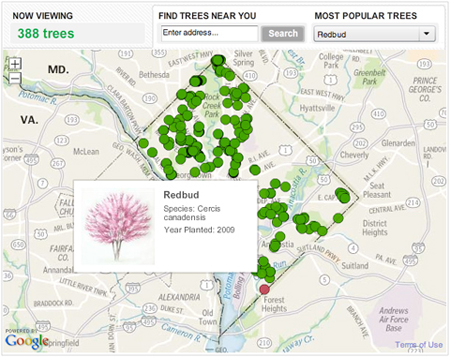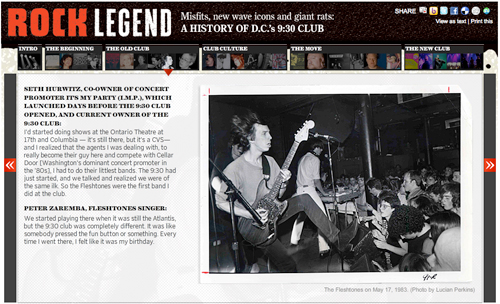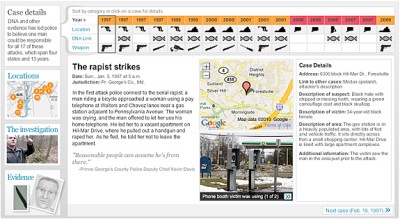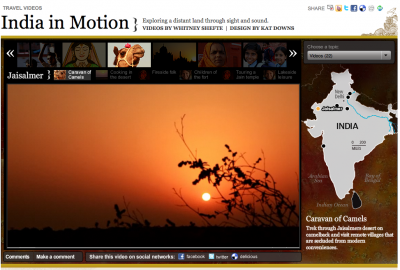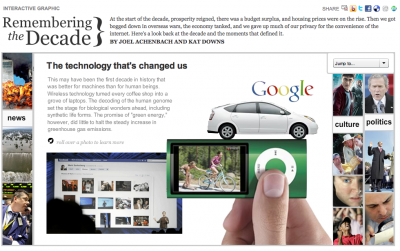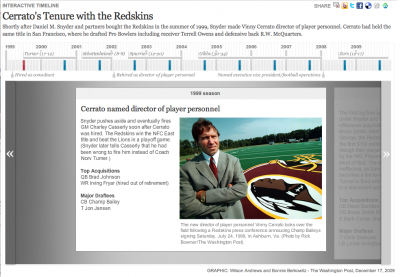
Last week, after the news broke that one of the 10 alleged Russian spies arrested by the FBI most recently lived and worked in Arlington, Va., Ben de la Cruz came up with the idea to do some panos of the scenes where the alleged spy lived his life. We talked through how we’d like to present it and how the story would flow through the audio and panos. Then Ben worked with Alex Garcia to shoot and stitch the panos and he wrote and recorded the narration. I put together the piece in a slideshow format, with audio and a pano for each location on the map. It took about 6 hours of my time to put together. It’s a nice little piece that’s a window into the life of a spy — something we’re all very curious about.
